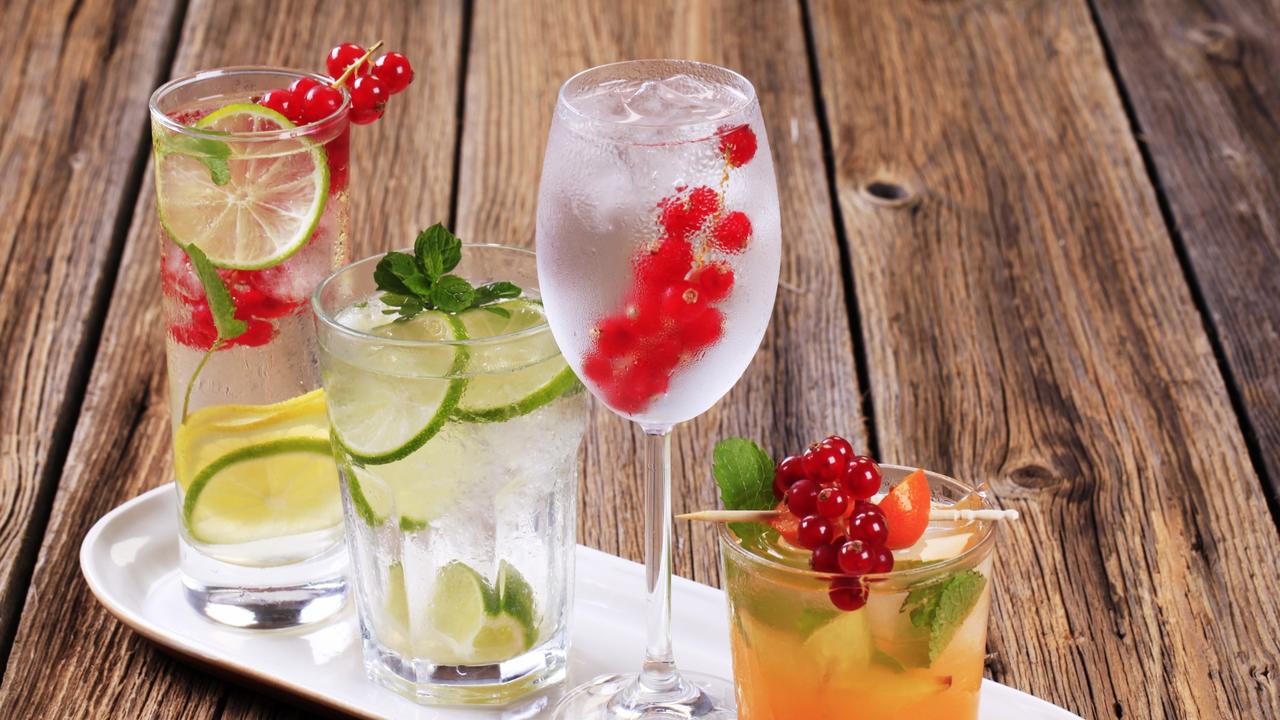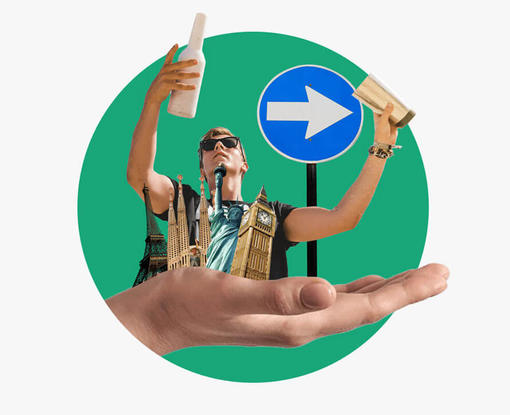From a tall highball glass to a short and sturdy rocks glass; cocktail glasses come in all shapes and sizes. And it's almost impossible to keep track of them all. So, here is a guide to the different types of cocktail glasses you will come across most often - and the delicious cocktails are served in each one. Nail these bartender basics and life as a bartender becomes so much easier.
The Martini glass
The Martini glass can also be known as a cocktail glass, though cocktail glasses are often smaller, more rounded and have a slightly narrower rim. Martini cocktail glasses come in different sizes, but are usually between 100ml and 200ml in capacity.
The long stem of the glass is to prevent the drink being warmed by the hand that holds the glass, while the wide brim was originally intended to make the most of gin, as it allows the spirit to breathe more easily (plus the subtle notes of juniper in the spirit can be brought out).
The martini glass is, of course, primarily for martinis, as well as other classic cocktails such as the Manhattan or the Gimlet – drinks that don’t use ice but need to be kept cold.
The Highball glass
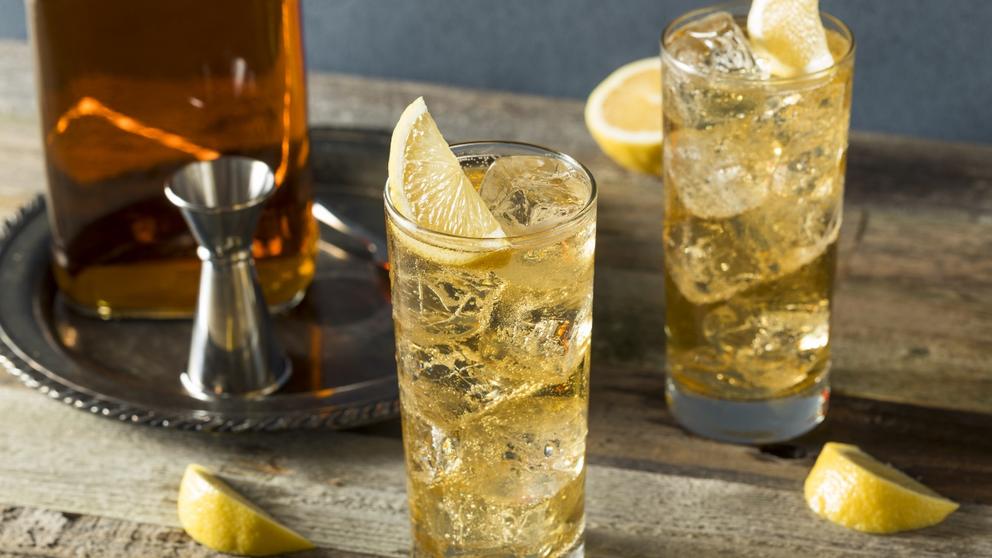
The highball cocktail glass is used for tall, mixed drinks, and sometimes for types of cocktail that are built in the glass itself, with crushed ice. Highball glasses are traditionally used to make tall drinks like the Zombie, the Sea Breeze and the Bloody Mary. They are about 350ml are one of the most commonly used glasses in a bar.
The Collins glass
Collins glasses are usually tall drinks glasses measuring around 300ml and are very often mixed up with the Highball glass. These two types of cocktail glasses are very similar and are often used interchangeably. The slightly smaller Collins glass is used for the Long Island Iced Tea, Harvey Wallbanger and, naturally, the Tom Collins.
The Margarita glass
There are many stories about how this glass found its unusual bulbous shape, which is a variation on the champagne coupe, but as with many bartending myths, no one can be sure which is true. The wide rims on margarita glasses allow them to hold more garnishes, and make it easier to salt the rim. As its name suggests, these types of cocktail glasses are most commonly used for margaritas, and typically measure around 250ml, though they can vary considerably in size.
The Old Fashioned glass
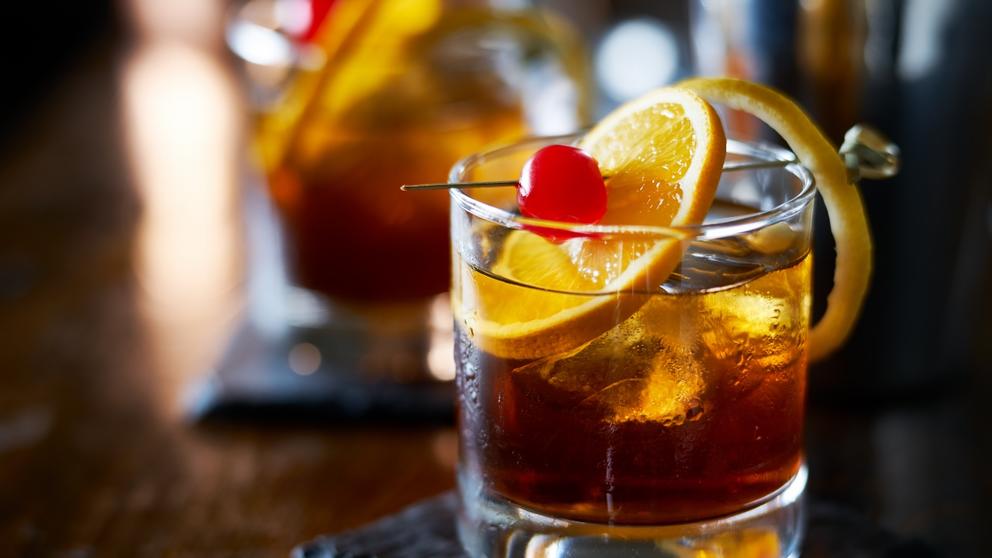
These short tumblers are used for short mixed drinks served with ice (hence the name, ‘rocks glass’), such as an Old Fashioned, White Russian and classic Negroni recipe, plus also neat dark spirits like whisky.
The Nick and Nora glass
Nick and Nora glasses are somewhere between martini glasses and coupe glasses, and are considered more practical than martini glasses by many bartenders - as they can be more easily stored and are not so easy to spill.
These types of cocktail glasses are named after characters of The Thin Man, a 1930s film, while the nostalgic look is appealing and with its elegant, rounded shape has enjoyed a resurgence in recent years.
The Nick and Nora glass is most commonly used for stirred or shaken cocktails without ice, such as a Bamboo cocktail or an Amaretto Cranberry Kiss.
The Sour glass
A sour glass usually has a rounded cup with a narrow lip and a thick stem. It can hold around 170ml, though the correct glass to be used for a sour has been a topic of debate for many years.
Sours date back to the mid-nineteenth century, and it was found that the ingredients of the beverage couldn’t be adequately contained in an old fashioned or a cocktail glass. Thus, a new glass was made.
These are used for the full family of sour drinks, though also for other cocktails that are too large for a martini glass.
The Shot glass
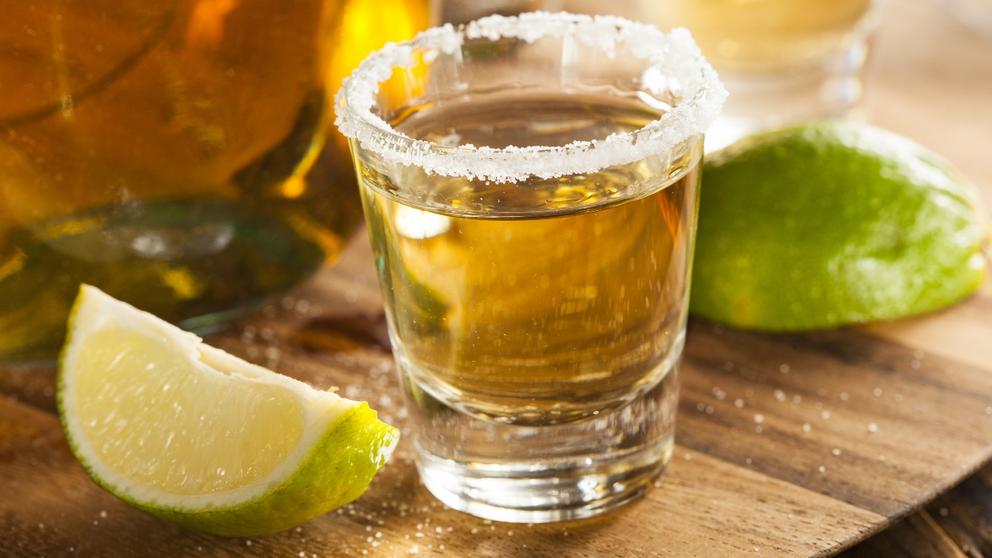
Shot glasses come in a variety of shapes and sizes, just as measurements of single and double shots are different around the world. Often these cocktail glasses are especially thick at the base to prevent the glass from smashing when they are slammed down on the bar after the shot is taken ( this is a long tradition that dates back to the seventeenth century).
The glasses are most commonly for the neat consumption of spirits, but are also used for shot cocktails such as the Buttery Nipple, or shots dropped into larger glasses, such as the Irish Car Bomb.
The Irish coffee glass
These cocktail glasses come in thick, heat resistant glass with a handle and measure around 250ml - they are the perfect vessel for boozy hot drinks. The outer rim is also flared to make sure cream will stay in place for that perfectly layered look, while the bottom is sturdy and round.
The Hurricane glass
Another particularly distinctive glass is the one used for the hurricane cocktail, named because the signature it resembles a vintage hurricane lamp. It's a tall glass and can be used to serve the Hurricane cocktail, and other tropical and tiki cocktails such as the Singapore Sling and the Piña Colada.
The Cognac glass
Not technically a cocktail glass, you will still find this behind most bars and cognac glasses are also called balloon glasses.
With a short stem and a round bowl, these glasses are held in the palm of the hand which allows for them to be swirled around. Giving drinkers the chance to appreciate the flavour and aroma of brandy and cognacs.
The Wine glass
You probably knew that red wine glasses and white wine glasses were different. But do you know why?
Red wine needs to be served in larger wine glasses, as such the bowls tend to be fuller and rounder with a bigger opening compared to white wine glasses. This large balloon bowl allows the aromas of reds to escape and air come into contact with the wine - to help it ‘breathe’.
The White wine glass is smaller, more u-shaped and upright. White wines are supposed to stay cool so they have a longer stem so as to avoid heat coming from the hand of the drinker. They also have a small round brim that encloses the wine to prevent it from coming into contact with air.
The Champagne glass
There are many varieties of champagne glasses; the champagne tulip, the coupe glass and the champagne flute. But which is best? The original champagne glass was the champagne coupe - with a mid-length stem and saucer-shaped bowls.
They look might very classy, but wine experts will tell you the wide brim will make your champers go flat more quickly. Instead, the flute preserves the bubbles and the point at the bottom causes the carbonated bubbles to congregate.
The Tulip glass is known for being the best champagne glass, because it has an inward curved rim and wider base that captures the flavours.
Pick from the best champagne cocktails and pour the bubbles!
The Copper mug
Our guide to types of cocktail glasses would not be complete without a shout out to the copper mug. The Moscow Mule is probably the signature cocktail that is served in copper mugs. And thanks to the conduction of the copper, it will keep your drink nice and cold, making it perfect for a Dark And Stormy or a Mint Julep, too.
The Punch cup
This is one of the lesser-know cocktail glasses. Would you believe that punch cups are used to drink punch? Yes, the secret is in the name... Eggnog or fruity punches are mixed in a round bowl, then poured into these individual cups. They come with or without handles and can be made from glass, china or silver.
And there you have it. All the types of cocktail glasses you could ever want - well, for now at least. As there’s nothing to stop the aspiring mixologist from adopting their own use of a certain glass for a certain drink. Or to make their own brand new type of cocktail glasses. After all, the mixology game is about respecting old traditions and creating new ones...
Want to learn more about the definition and history of cocktails? Find out everything you need to know about what is a cocktail, here.
Inspired to get into bartending professionally? Read about our EBS Bartender Courses.
